Flowers aren’t just pretty to look at; some of them can also be eaten. Edible flowers have been used in culinary traditions around the world for centuries. They can add color, flavor, and nutrition to your dishes. In this blog, we’ll explore the world of edible flowers, their uses, and some precautions you should take when consuming them.
Edible flowers are flowers that can be eaten safely. They are commonly used to garnish salads, desserts, and drinks. Edible flowers can be sweet or savory, and each type has its own unique flavor profile. Some of the most common edible flowers include marigolds, nasturtiums, roses, lavender, pansies, and violets.
- Edible flowers have been used for centuries in traditional medicine to treat a variety of ailments.
- Not all flowers are edible. It is important to only consume flowers that have been positively identified as safe to eat.
- Edible flowers can add color, texture, and flavor to dishes. They can also be used to make tea, syrups, and other culinary preparations.
- Some edible flowers have a sweet or spicy flavor, while others have a bitter or sour taste.
- Edible flowers are rich in vitamins and minerals, and some are even believed to have medicinal properties.
- Some edible flowers, such as dandelions, are considered weeds in certain parts of the world.
- Edible flowers are often used in fine dining restaurants to add an extra level of sophistication to dishes.
- Edible flowers can also be used to make natural dyes for textiles and other materials.
In this blog we will see about different edible flowers Health benefits and Side effects
1. Roses
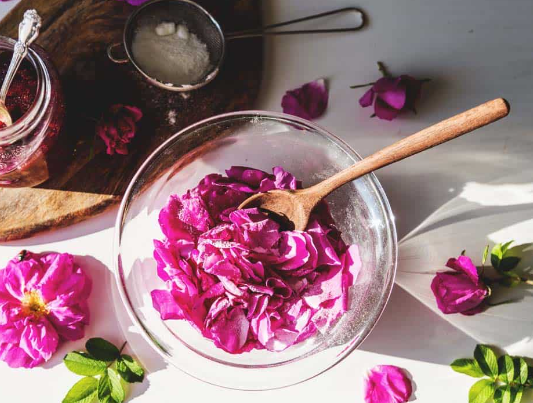
Edible roses, also known as rose petals, are a beautiful and flavorful addition to many dishes. They have been used for centuries in cooking, and have a range of potential health benefits. However, it is important to be aware of any potential side effects and limitations associated with consuming edible roses.
1.1. Health Benefits
- Rich in antioxidants: Edible roses contain antioxidants such as vitamin C and flavonoids that can help protect against cell damage and chronic diseases.
- Anti-inflammatory properties: Edible roses have anti-inflammatory properties which can help reduce inflammation in the body.
- Digestive health: Edible roses are a good source of dietary fiber, which can help improve digestion and prevent constipation.
- Skin health: Edible roses contain essential oils that can help improve skin health by reducing inflammation and increasing hydration.
1.2. Side Effects
- Allergic reactions: Some people may be allergic to roses and can experience symptoms such as hives, swelling, and difficulty breathing. It is important to be aware of any potential allergies before consuming edible roses.
- Pesticide exposure: Non-organic roses may have been treated with pesticides, which can be harmful if ingested. It is important to wash the petals thoroughly before consuming.
- Digestive issues: While edible roses can help improve digestion, consuming too much can lead to digestive issues such as bloating, gas, and diarrhea.
1.3. Conclusion
Edible roses are a beautiful and flavorful addition to many dishes, and can offer a range of potential health benefits. However, it is important to be aware of any potential side effects and limitations associated with consuming them. As with any food, it is best to consume them in moderation and consult with a healthcare professional if you have any concerns or underlying health conditions.
2. Lavender
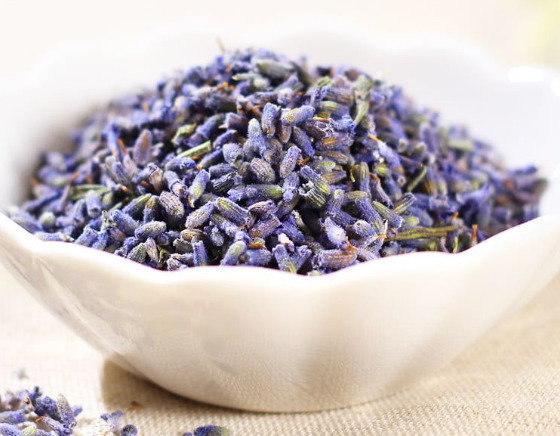
Lavender is not just a beautiful flower that adds color and fragrance to gardens, but it also has a variety of health benefits when consumed in food or drinks. Edible lavender has a sweet and floral flavor, making it a popular addition to a variety of dishes. Here are some health benefits, side effects, and conclusions about edible lavender.
2.1. Health Benefits
- Calming Effects: Lavender has a natural calming effect and can help reduce anxiety and stress levels. Consuming lavender-infused foods or drinks can help you feel relaxed and more focused.
- Digestive Aid: Lavender can also help with digestion by reducing inflammation in the gut and aiding in the digestion of food.
- Antioxidant Properties: Lavender is a rich source of antioxidants, which can help protect your cells from damage caused by free radicals and reduce the risk of chronic diseases.
- Pain Relief: The natural anti-inflammatory properties of lavender can help reduce pain, making it an effective natural remedy for headaches, muscle aches, and joint pain.
2.2. Side Effects
- Allergic Reactions: Some people may be allergic to lavender, and consuming it can cause allergic reactions such as rashes, swelling, and difficulty breathing.
- Interactions with Medications: Lavender may interact with certain medications, so it’s important to speak with your doctor before consuming it regularly if you take medications.
2.3. Conclusion
Overall, edible lavender is a healthy addition to your diet, offering a variety of health benefits. However, it’s important to consume it in moderation and be aware of any potential allergic reactions or medication interactions. Adding a few lavender petals to your tea or salad can be a great way to enjoy its flavor and benefits.
3. Calendula
Calendula, commonly known as marigold, is a popular edible flower with a long history of medicinal and culinary uses. Here are some of its health benefits, side effects, and a conclusion about consuming edible calendula:
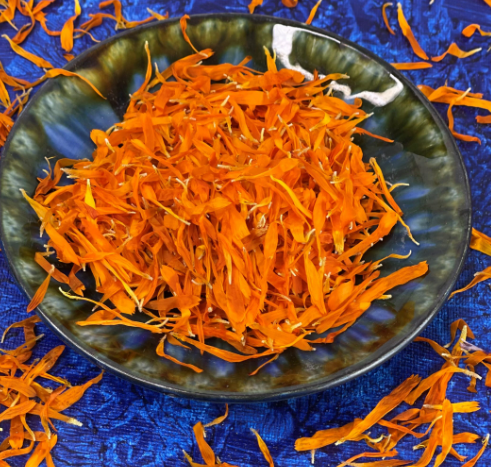
3.1. Health Benefits
- Anti-inflammatory properties: Calendula contains compounds that have anti-inflammatory effects. It may help to reduce inflammation in the body, which can contribute to conditions such as arthritis and inflammatory bowel disease.
- Wound healing: Calendula has been used for centuries to treat wounds due to its antiseptic and antibacterial properties. It can help to speed up the healing process and reduce the risk of infection.
- Digestive health: Calendula can help to soothe the digestive system and reduce inflammation in the gut. It may be useful in treating conditions such as gastritis and ulcers.
- Skin health: Calendula has been used topically to treat a variety of skin conditions, including eczema, acne, and psoriasis. It can help to soothe irritated skin and promote healing.
3.2. Side Effects
- Allergic reactions: Some people may be allergic to calendula. If you experience symptoms such as itching, swelling, or difficulty breathing, stop consuming calendula immediately and seek medical attention.
- Pregnancy and breastfeeding: There is not enough information available about the safety of consuming calendula during pregnancy and breastfeeding. It is best to err on the side of caution and avoid it during these times.
- Interference with medications: Calendula may interact with certain medications, including sedatives and blood thinners. If you are taking any medications, speak to your healthcare provider before consuming calendula.
3.3. Conclusion
Calendula is a versatile and nutritious edible flower with a variety of health benefits. It can be added to salads, soups, and other dishes to provide flavor and color. However, it is important to consume calendula in moderation and be aware of any potential side effects or interactions with medications. As with any new food, it is best to start with a small amount and monitor your body’s reaction before consuming larger quantities.
4. Hibiscus
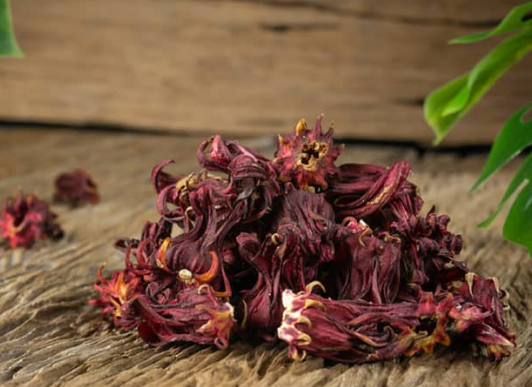
Hibiscus is a beautiful flowering plant that belongs to the Malvaceae family. Its flowers come in various colors like red, pink, white, and yellow. Apart from its ornamental value, hibiscus is also widely used for its medicinal properties. The edible hibiscus plant is commonly known as Roselle or sorrel, and its flowers are used to make tea, jams, jellies, and sauces. In this blog, we will discuss the health benefits, side effects, and conclusion of edible hibiscus.
4.1. Health Benefits
- Rich in Antioxidants: Hibiscus is an excellent source of antioxidants, which protect our body from free radicals. Free radicals can cause cellular damage and increase the risk of chronic diseases like cancer and heart disease.
- Lowers Blood Pressure: Hibiscus tea is known to lower blood pressure levels. It contains compounds that help relax blood vessels, allowing blood to flow more easily.
- Anti-inflammatory: Hibiscus has anti-inflammatory properties that help reduce inflammation in the body. It can be beneficial for people with arthritis and other inflammatory conditions.
- Helps with Digestion: The plant is rich in dietary fiber, which promotes healthy digestion and prevents constipation.
- Boosts Immunity: Hibiscus is rich in Vitamin C, which helps to boost the immune system and prevent infections.
4.2. Side Effects
- May cause dizziness: Hibiscus is known to lower blood pressure levels, which can lead to dizziness and lightheadedness.
- May affect estrogen levels: Consuming hibiscus may affect estrogen levels, so it is not recommended for pregnant women.
- May cause stomach upset: Consuming hibiscus in large amounts may cause stomach upset, nausea, and vomiting.
4.3. Conclusion
Edible hibiscus is a versatile plant that has been used for centuries for its medicinal properties. It is a rich source of antioxidants, fiber, and Vitamin C, making it a great addition to a healthy diet. However, it should be consumed in moderation, and pregnant women should avoid it due to its effects on estrogen levels. Overall, adding hibiscus to your diet can provide several health benefits, but it is important to consult your healthcare provider before consuming it in large amounts.
5. Chamomile
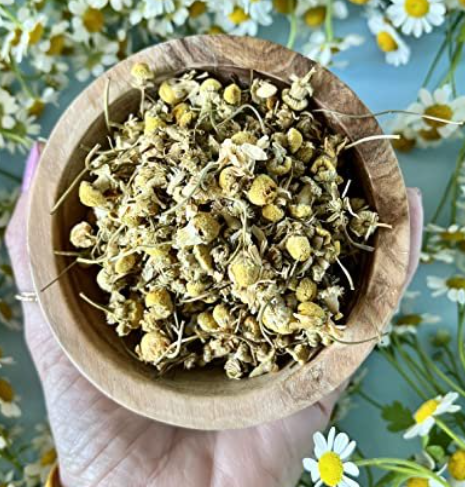
Chamomile is a flowering plant that belongs to the daisy family. The dried flowers of the plant are used to make chamomile tea, which is popular for its calming effects. However, chamomile is not just for tea – the flowers are also edible and can be added to salads, soups, and other dishes. Here are some health benefits, side effects, and conclusions about consuming edible chamomile:
5.1. Health Benefits
- Promotes sleep: Chamomile is well known for its relaxing properties, which can help promote sleep and combat insomnia.
- Reduces inflammation: Chamomile contains antioxidants that have anti-inflammatory properties, making it a natural remedy for conditions such as arthritis and other inflammatory conditions.
- Soothes digestive issues: Chamomile can help soothe upset stomachs, ease nausea, and relieve other digestive issues such as diarrhea.
- Boosts the immune system: Chamomile has been shown to have immune-boosting properties, helping the body to fight off infections.
- May lower blood sugar: Some studies have suggested that chamomile can help lower blood sugar levels, which could make it a useful tool in managing diabetes.
5.2. Side Effects
- Allergic reactions: Chamomile is related to other plants in the daisy family, and some people may be allergic to it. Symptoms of an allergic reaction can include skin rashes, itching, and difficulty breathing.
- Drowsiness: While chamomile can help promote sleep, it can also cause drowsiness during the day, especially if consumed in large amounts.
- Blood thinning: Chamomile contains coumarin, which can thin the blood. People who are taking blood-thinning medications should be cautious when consuming chamomile.
5.3. Conclusion
Overall, chamomile is a safe and healthy edible flower that can provide a range of health benefits. However, as with any new food or supplement, it is important to consume chamomile in moderation and be aware of any potential allergic reactions or side effects. Consult with a healthcare provider if you have any concerns about consuming chamomile, particularly if you are taking any medications or have underlying health conditions.
6. Nasturtium
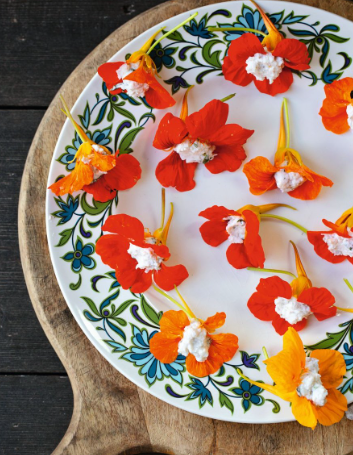
Nasturtiums are a colorful and edible flower that are popular in many culinary dishes. They have a slightly spicy and peppery taste, which can add a unique flavor to any meal. Nasturtiums are also packed with nutrients and have several health benefits. However, there are some side effects to consider when consuming these flowers.
6.1. Health Benefits
- Rich in nutrients: Nasturtiums are an excellent source of vitamin C and also contain significant amounts of vitamin D, iron, and potassium.
- Antioxidant properties: The antioxidants present in nasturtiums can help protect the body against free radicals that can cause cell damage and lead to chronic diseases.
- Anti-inflammatory properties: The compounds in nasturtiums have anti-inflammatory properties, which can help reduce inflammation and pain in the body.
- Immune-boosting properties: Nasturtiums are known to have immune-boosting properties, making them a popular ingredient in herbal remedies.
6.2. Side Effects
- Allergies: Some people may be allergic to nasturtiums, and consuming them can cause allergic reactions such as itching, swelling, and difficulty breathing.
- Interference with medications: Nasturtiums can interfere with some medications, including those used for diabetes, high blood pressure, and depression. It is essential to consult with a healthcare provider before consuming nasturtiums if you are taking any medication.
6.3. Conclusion
Nasturtiums are a beautiful and nutritious addition to any diet. They have several health benefits, but it is important to be aware of their potential side effects. If you are considering consuming nasturtiums, it is always best to consult with a healthcare provider, especially if you are taking any medication or have a known allergy to flowers.
One response to “Edible Flowers”
-
Thank you for your sharing. I am worried that I lack creative ideas. It is your article that makes me full of hope. Thank you. But, I have a question, can you help me?



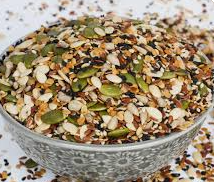
Leave a Reply